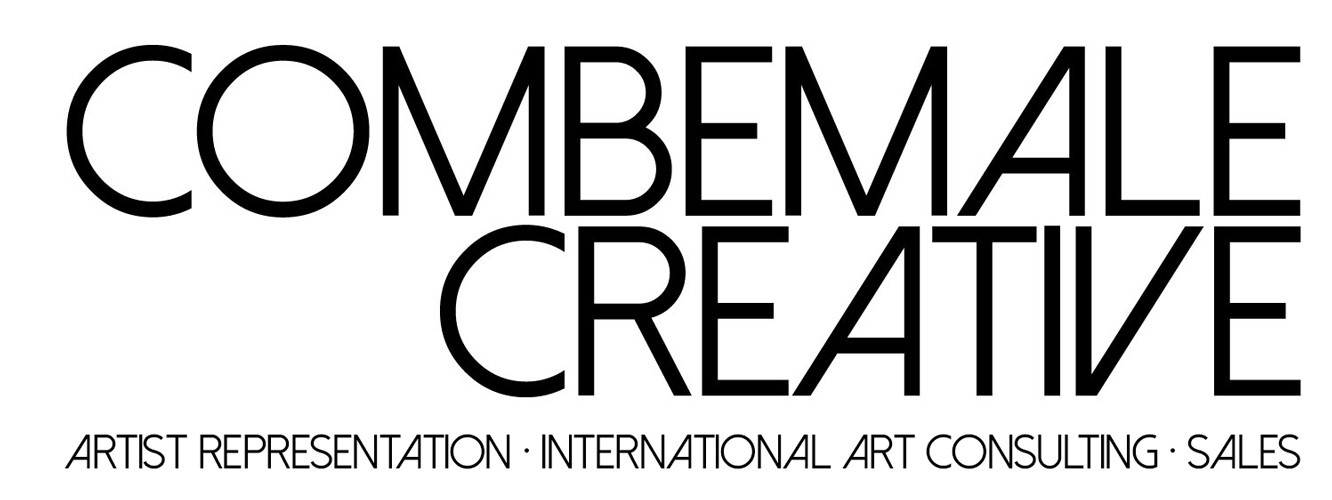Coco
In researching Coco, I was flung among the waves of uncertainty about her. On one wave I would be swept up in massive intrigue about her strength and claim to fame, only to plummet underwater with the uncertainty about her ethics, opinions, and certainly some parts of her later history.
As I drew the remnants of her life, her opinions and history seemed to be at battle with each other, and as the days went by as I painted her in my lakeside sublet apartment in Rogers Park Chicago, the waves quietly settled with the history of who she was.
Gabrielle Bonheur Chanel, was born in Saumur, Maine-Et-Loire, France in 1883. She was one of 5 siblings to in an incredibly poor community. Her father, Albert Chanel, was a street vendor mainly selling undergarments and work clothes. He was a transient, often trying to score a sale in various towns to feed his children. Her mother Eugénie “Jeanne” Devolle, was a laundry woman at a charity hospital and poor house.. and while she wasn’t married to Albert whilst having her children, she would marry him later on (by family persuasion). Coco was born into a world in poverty, often on the borderline of being on the street at all times. They barely got by, and what finally broke them down was when her mother died when Chanel was 12 years old.
Now with a single source of income, Albert Chanel could no longer take care of his children, and sent his 2 sons to be farm laborers, and his 3 daughters to the convent/orphanage of Aubazine. Abandoned and dealing with the death of her mother, Coco was swept into a strict and rigorous life with the sisters of The Sacred Heart of Mary. It was here where she first learned to sew (often rag dolls), and at the age of 18 left the convent to pursue a life out of the convent to the town of Moulins.
In Moulins she would use her skills as a seamstress to get by, and later on at night she would pursue a side job at a cabaret called “La Rotonde”. She wasn’t talented enough with her voice to be a headliner, and often was booked as a “Poseuse”, which was an act in between booked talent. It was at La Rotonde where she earned the name “Coco” which … in history wavers between her nickname being short for a “Cocotte” (Coquette, a kept woman) and/or her favorite song to sing “Qui qu’a vu Coco”.
This was also the place where she would meet the famous Etienne Balsan and later his friend Captain Arthur Edward “BOY” Capel, both with whom she had intimate relationships. These relationships would provide her with the capital to start her incredible career, and bring her into the sudden rich and lavish life she never had as a child.
Over the course of many years Coco Chanel had many lovers, often in high society and in the arts. From Balsan to Capel (till his tragic death), to Grand Duke Dmitri Pavlovich, Igor Stravinsky, Duke of Westminster Hugh Richard Arthur Grosvenor, Paul Iribe, Pierre Reverdy, Baron Hans Günther Von Dincklage, and beyond, Chanel was a legendary mistress who adored the idea of adoration but was never into the idea of marriage (“I never wanted to weigh more heavily on a man than a bird”).
There is an allusion to Coco Chanel’s intimate homosexual relationships with women, including aristocratic friend Vera Bate Lombardi, and former mistress of Etienne Balsan, Émilienne d’Alençon. This combats her disdain for homosexuality per Paul Morand’s quote of her. Chanel wasn’t a homophobe as much as she loathed competition in adoration and business with heterosexual women and homosexual men. She was quite fond of gay men…. gay men that collaborated with her and her business (for example, Jean Cocteau).
Rising to the top, from rags to riches, how could she not? She was an opportunist by nature, from being raised in squalor as the eccentric woman doomed to be nothing more than a graduated orphan to a low end seamstress… to seeking opportunity and financing through love to acquire everything she wanted to be; the most legendary couturier of her time. She worked from the ground up, literally.. starting off at 21 Rue Cambon, she ultimately wound up buying the whole building block.
Her opportunist nature, however, caught up with her during WW2, with her relationship with Dincklage and the German occupation, which destroyed her career.. as well as not being able to compete with Elsa Schiaparelli, the surrealist designer whom she referred to as “That Italian artist that makes clothes”… It would take her decades to recover (and even then) she barely made it.
But she did.
In the end of her career, she became what she wanted. She started out as nothing, and through her determination, her quest to liberate women from the corseted silhouette, and her being the FIRST woman to conquer the fashion industry in history by defeating Paul Poiret, she became a legend. Per Misia Sert, her best friend, people were attracted to Coco by “her genius, lethal wit, sarcasm and maniacal destructiveness, which intrigued and appalled everyone”.
In this piece, entitled, “Coco Chanel”, I’ve dedicated the history of her in her face, her loves scattered on her collar and blouse, and her quotes and controversy in the rose background of her portrait.

